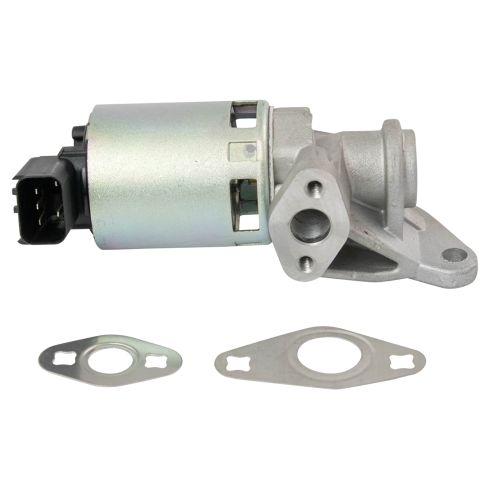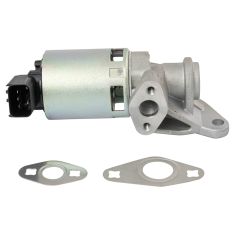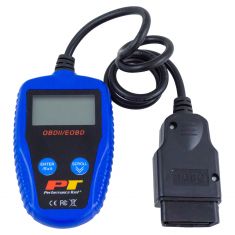1AEGR00568-Jeep Dodge Chrysler EGR Valve TRQ EGA48394

Replaces
2008 Dodge Magnum V8 5.7L 8th Vin Digit 2 EGR Valve TRQ EGA48394

Frequently bought together
Product Reviews
Loading reviews
There are no reviews for this item.
Customer Q&A
No questions have been asked about this item.
Dodge is a registered trademark of FCA US LLC. 1A Auto is not affiliated with or sponsored by Dodge or FCA US LLC.
See all trademarks.












